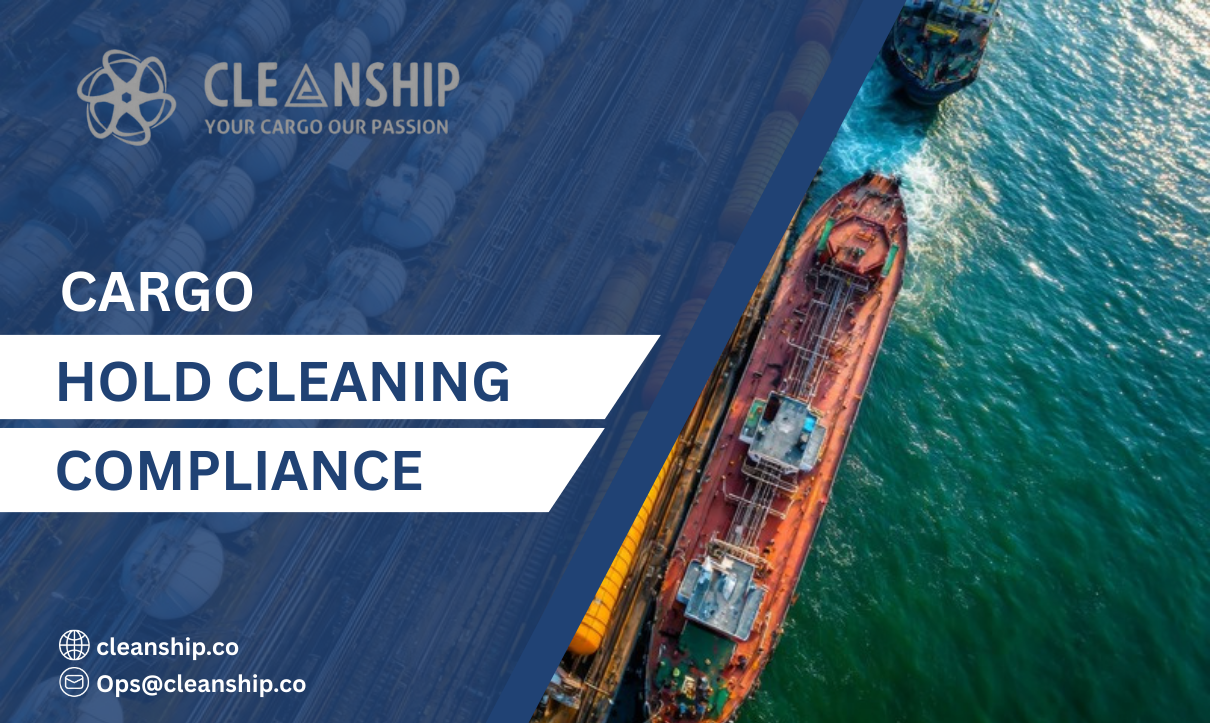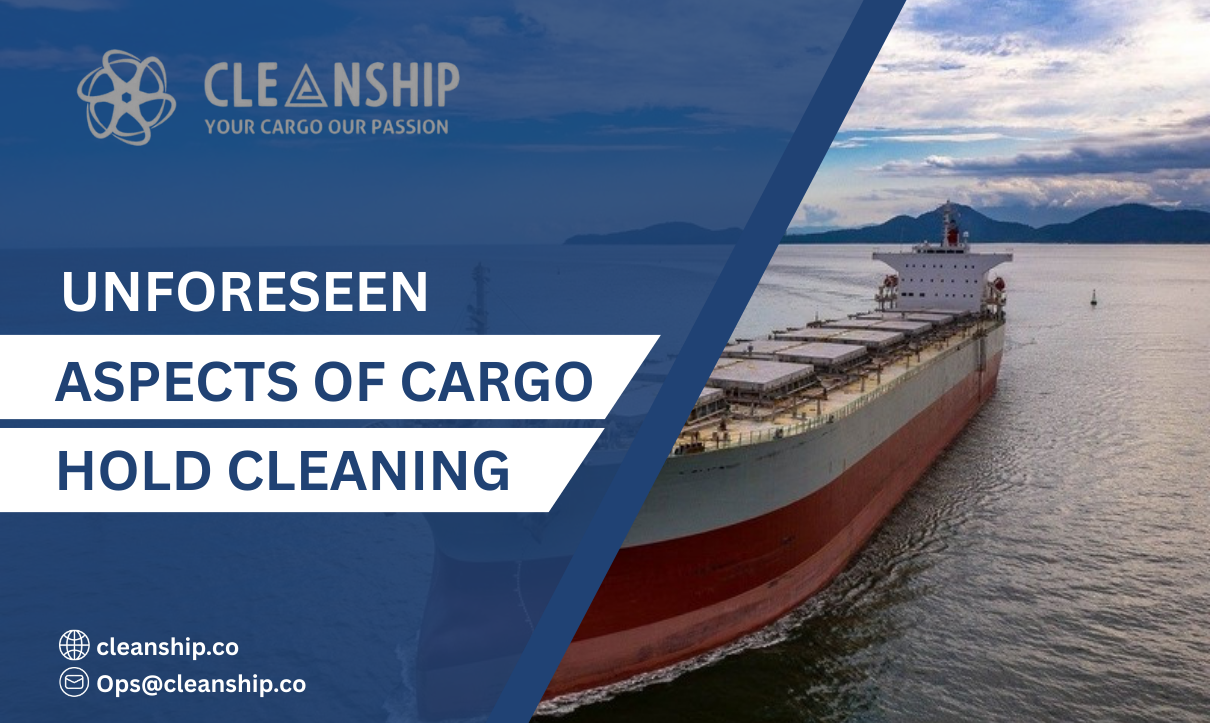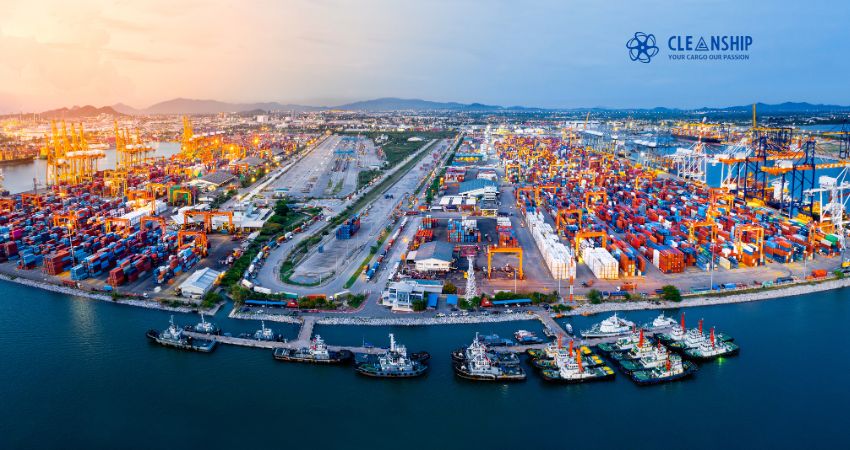The busiest ports in the world are selected based on the container traffic passing through them. Thus, the biggest ports in the world don’t need to be also the busiest ports in the world.
The marine field has increased dramatically in the past few decades, necessitating port and harbour facilities to accommodate these ever-increasing needs.
This is precisely why shipping authorities in every nation are focussing on confirming that their shipping ports are sufficient to cater to the needs of the industry operators and drivers.
However, even while each nation focuses on enhancing its port infrastructure, there are a few global authorities with marine ports that are bigger and busier than all others.
It is interesting to know that the busiest port facilities are in Asia, given the continent’s geographical position amidst important maritime trade routes connecting European and Middle Eastern ports.
Top 5 Busiest Ports in The World
1. Port of Shanghai, China
The Shanghai Port, owned by the Shanghai International Port Company Ltd, tops the list of the busiest ports in the world in 2024. Located in the People’s Republic of China, in Shanghai, this Port is also regarded as the world’s most rapidly developing economy.
In 2019, it controlled a whopping 37.1 Million TEUs of cargo volume. In 2020, the annual cargo traffic held at the Port was around 43.5 million TEUs, making it the world’s busiest container facility.
Shanghai Port handled 49 Million TEU in 2023 and will likely keep its status as the world’s busiest container port for the 14th successive year.
The public Port forms a possible maritime porting channel for the River Yangtze and the East China Sea. Its construction and development have been acclaimed as important factors in the development of the city of Shanghai.
Spanning an area of 4 km2, the Port is an important centre of maritime international trade and business, laden with the latest infrastructural facilities and a giant network of freight and passenger links linking it with important trade routes around the world.
2. Port of Singapore
The Singapore port is a collaborative identification of all porting terminuses it contains. The Maritime and Port Authority of Singapore operates its multipurpose terminals at Keppel, Pasir Panjang, and Tuas.
Singapore has been instrumental in supporting to reshaping the Singaporean economic system. In 2020, the Port registered an annual throughput of 37.5 million TEUs.
It controlled 39 million TEUs in 2023, a 4.6% gain compared to 37.57 million TEUs in 2021.
Singapore Port is the world’s busiest container transshipment facility, offering maritime trade connectivity with 600 seaports in over 100 countries. It is also one of the biggest bunkering facilities in the world. The port has 84 berths distributed across six major port terminals and receives 130,000 vessel calls annually.
A fully mechanized terminal is also being created at Tuas, expected to be completed by 2040, with a handling capability of 65 million TEUs.Upon completion, it would be the largest fully mechanized terminal facility in the world.
3. Port of Ningbo-Zhoushan, China
The Ningbo Port is located on the coast of the East China Sea in the province of Ningbo and Zhoushan, Zhejiang, near Hangzhou Bay. In 2023, it became the 3 busiest Port in the world after serving more than 35 Million TEU.
The Port has shipping connections with 600 ports across 150 countries.
It is managed by the listed company, Ningbo Zhoushan Co., Ltd, but is 76.31% owned by government-owned Ningbo And Zhoushan Port Group Co., Ltd.
The principal cargo controlled at this Port includes bulk, breakbulk, crude oil, product oil, liquid chemicals, grains, coal, and machinery.
The Port includes 19 port areas and more than 300 functional berths capable of accommodating vessels weighing over 50,000 DWT. Its biggest terminals are the crude oil handling facility, an international container terminal, and a specialized terminal for controlling liquid chemicals. These facilities regulate the world’s biggest ships and carriers, weighing over 200,000 tonnes.
4. Port of Qingdao, China
Qingdao Port is situated near the Yellow Sea in Shandong Province, China. It became working in the late 18th century and is a necessary Asian hub of international trade in the West Pacific region. In 2023, it controlled over 30 Million TEU, becoming one of the fastest-growing Chinese ports.
The Port comprises four primary ports, namely the Qianwan, Dagang, Huangdao, and Dongjiakou port areas.
The Dagang port comprises 18 operational berths committed to conventional cargoes such as grains, steel products, and aluminium oxide.
The Qianwan port has 40 berths for managing containers, metals, coal, wood pulp, etc. Huangdao Port is an oil terminal qualified to accommodate huge oil tankers at 11 oil berths. It also controls crude oil, petroleum, and its products. The Dongjiakou port includes 17 berths for operating solid and bulk carriers.
The Port proposes world-class stevedoring structures and can accommodate the biggest cargo carriers, iron ore vessels, and oil tankers. It has the most advanced port operating system and partially automated container terminals.
5. Shenzhen Port
Shenzhen contains numerous ports spanning the Shenzhen shoreline, Guangdong, China. It is separated into two main eastern and western port areas and comprises five major terminals.
In 2023, Shenzhen Port controlled 26.9 million TEU in 2023.
The government-owned Port has 140 docks, which regulate diverse cargo and container vessels of varying sizes. Fifty-one wharves are reserved for ships weighing over 20,000 DWT, and 19 facilities are dedicated to containers. The Port also has 18 passenger berths.
The Port of Shenzhen caters to industrial branches and companies situated on the delta of the River Pearl.
The Port is considered China’s second most active shipping port, particularly in the southern part of the Chinese mainland.
The Chiwan and Shekou container terminals are in the western port region, while Yantian Port, Shenzhen’s busiest container terminal, is in the eastern port region.
The Port is connected to 300 major ports in 100 nations. Around 40 major shipping companies are situated at the Port, and over 120 container lines have started.
Read Also: Hold Cleaning Service in India
Conclusion
The top 5 busiest ports in the world—Shanghai, Singapore, Ningbo-Zhoushan, Shenzhen, and Guangzhou—play an important role in international trade. These ports manage immense volumes of cargo, facilitating the movement of goods across continents and supporting international supply chains. Their strategic locations and advanced infrastructure allow them to efficiently control the ever-increasing needs of maritime shipping, solidifying their positions as key hubs in the global economy.
Frequently Asked Questions
1. What are the 3 largest ports in the world?
Ans : These are the world’s 3 largest ports:
1. Port of Shanghai – China.
2. Port of Singapore.
3. Port of Ningbo-Zhoushan – China.
2. Which is India’s busiest port?
Ans : Jawaharlal Nehru Port Trust is India’s busiest port in 2024.
3. What is the largest port in Asia?
Ans : Asia’s largest port is Shanghai, China – The Powerhouse Port.
4. Which country has the highest number of ports?
Ans : The USA (United States of America) has the largest number of seaports in the world, with 587 ports.






Leave A Comment